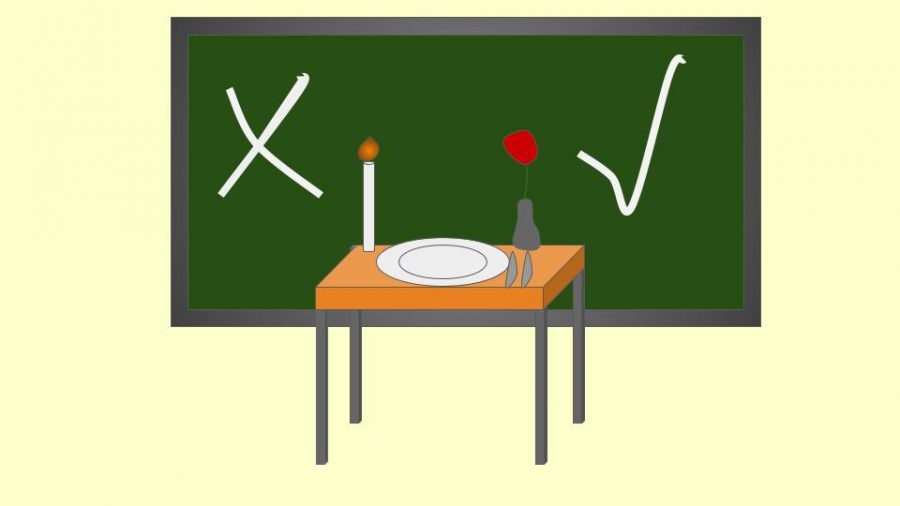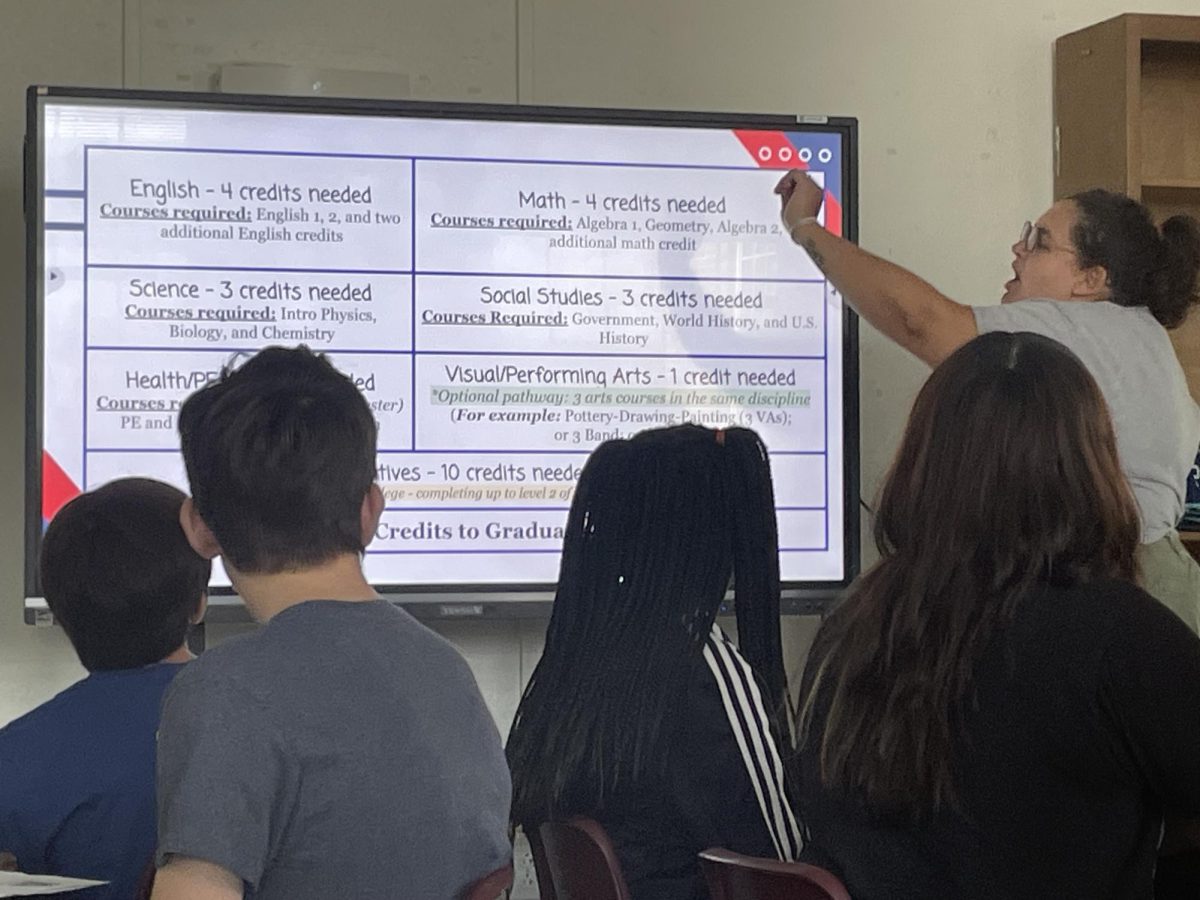Eating in Class: Yea or Nay?
February 6, 2018
During class time, many students grow peckish. In some classrooms, teachers allow students to snack while learning. In other classes, there is a strict “no food” rule. Eating in class has its benefits and its drawbacks. Is allowing students to eat in class the best thing to do or the worst?
YEA:
Lunch time is a meager 25 minutes, not accounting for the time it takes to get to and from the cafeteria. This either does not give students enough time to have a nourishing meal or forces students to gobble their food, both of which are very unhealthy. However, eating in class gives students extra time to eat, helping them eat right.
Eating in class may also help students with concentration. Some students may get hungry in class, making it nearly impossible to concentrate on a lesson. Snacking allows students to quench their hunger and boost their focus.
Some teachers that allow students to eat in class make sure the lesson resonates with them as they eat, which is time efficient since snacking and learning are not a difficult pair to multitask with.
Food in class can be a good idea because it may provide the opportunity for a break. Taking a short, 10 minute break in the middle of class to eat can be beneficial . Students go through 1 1/2-hour classes every day with only 5-minute breaks for class changes. A quick snack break can rejuvenate students and give them more energy for learning.
Eating in class can also be helpful in building social skills and a sense of community in the classroom. Sometimes, when students bring food to class, they bring enough for everyone. The sharing of food creates an opportunity for friendship and positive interactions between students.
NAY:
First of all, food in class is distracting. Most snacks create a loud crunch or a smack (chips, for example) and undoubtedly are in some sort of noise-making package. Besides noise disturbing classmates, students may also be more focused on their food than their teacher.
Eating in class can also be dangerous. Many students have food allergies, and when others bring those foods to class, the effects can be detrimental. For example, peanuts are a common snack, but they are also a common allergy.
In addition, eating in class is simply messy. Snacking often produces crumbs, spills, wrappers, etc. This creates an unhygienic environment and more work for custodians.
Eating in class does not prepare students for the work force. In many places of business, eating on the job is considered unprofessional. Lunch hours are provided for a reason and students must learn to fit eating their meal into a period of time.
Last, eating in class can be unhealthy. Most snacks contain ingredients that can be harmful to health if over- consumed (sugar, sodium, trans fats, etc.). If students snack every day, addictive foods such as chips, cookies, or candy can create problems.
Food in class has its pros and cons. Some students enjoy snacking, while some students (and teachers) are annoyed by it. Do you think eating in class should be permitted or outlawed? Share your opinion in the comments.





